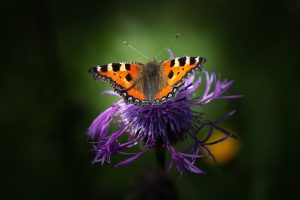This guide will focus on what to plant in June in Zone 10 when warm temperatures are conducive for vibrant growth.
Vegetables To Plant
June is an excellent time in Zone 10 to plant a diverse array of vegetables. Here are ten options, with detailed information regarding their temperature tolerances, ideal planting practices, and growth specifics.
Tomatoes
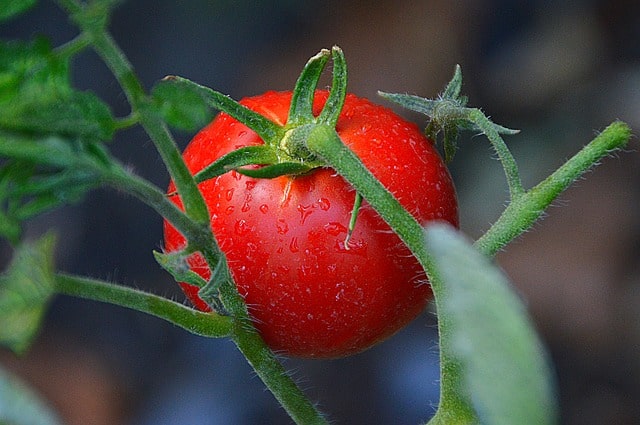
Temperature Tolerance: Tomatoes thrive in temperatures ranging from 70°F to 85°F but can endure heat up to 95°F with adequate watering.
Planting Dates: In Zone 10, tomatoes can be planted as early as mid-February through June.
Tomatoes are warm-season crops that require full sun for healthy growth. Start seeds indoors or purchase young plants. Space them about 18-24 inches apart to allow for air circulation and sunlight penetration. Tomatoes need consistent watering during dry spells but avoid wetting the foliage to minimize disease risk. For disease resistance, choose varieties like ‘Celebrity’ or ‘Better Boy.’ Supported by stakes or cages, these plants can yield fruit from summer into fall. Regularly inspect for pests, such as aphids or tomato hornworms, and ensure they receive sufficient nutrients for robust growth.
Peppers

Temperature Tolerance: Peppers are comfortable in temperatures from 70°F to 90°F and can tolerate some heat, though extreme heat can hinder fruit set.
Planting Dates: In Zone 10, peppers can be planted as soon as the soil temperature reaches 65°F, typically from late March to June.
Varieties include bell peppers, jalapeños, and serranos. They require full sun and should be spaced about 18 inches apart. Soil should be well-draining and rich in organic matter. Regular watering is crucial, especially during fruit development, but avoid overwatering which can lead to root rot. Fertilization with a balanced fertilizer can enhance growth. Harvest peppers before maturity for a milder taste or allow them to ripen on the plant for a sweeter flavor.
Cucumbers
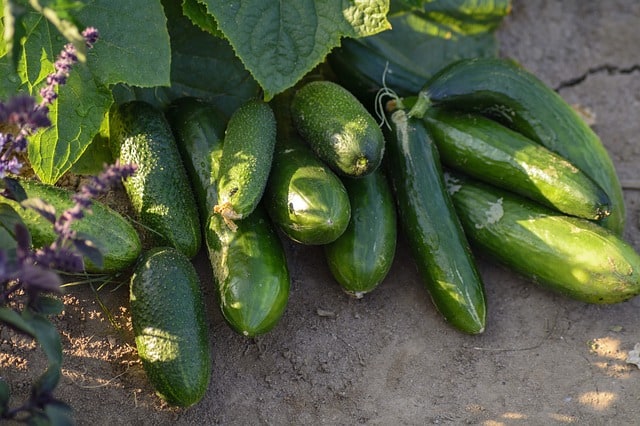
Temperature Tolerance: Cucumbers thrive in warm weather with an optimum temperature range of 70°F – 95°F.
Planting Dates: Sow cucumber seeds directly in the garden from late March until mid-June.
Cucumbers are fast-growing vines that require full sunlight and moisture-retentive, well-drained soil. They can be grown on trellises to save space and allow for better air circulation, which helps prevent diseases such as powdery mildew. Plant cucumber seeds about an inch deep and two feet apart. It’s essential to water consistently, especially when fruiting begins, as inconsistent watering can cause bitterness. Harvest cucumbers regularly when they’re still young to encourage continuous production.
Squash
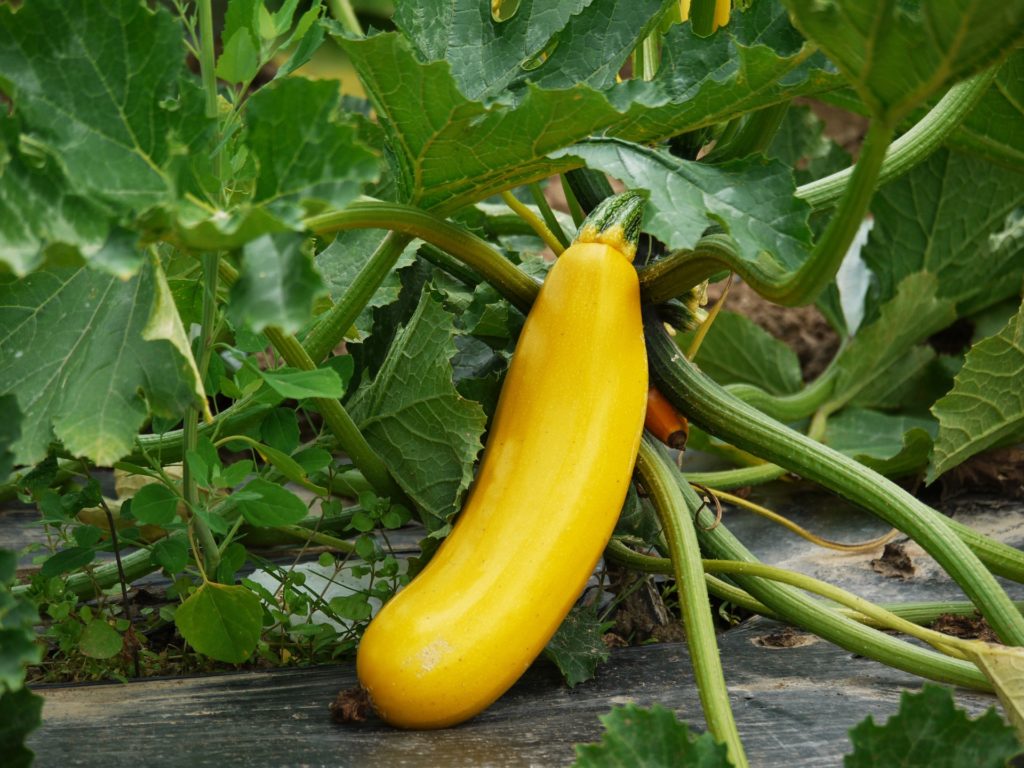
Temperature Tolerance: Squash prefers warmth, thriving best in temperatures between 70°F and 95°F.
Planting Dates: June is an optimal time to plant both summer and winter squash in Zone 10.
Summer squash (like zucchini) matures quickly, while winter squash (like butternut) takes longer. Space plants according to the variety’s growth habits; bush types need about two feet, while vining types require more room or a trellis. Plant in rich, well-draining soil, and water deeply, particularly during hot spells. Be on the lookout for pests such as squash bugs. Harvest summer squash when they are small for tenderness and winter squash once they’re fully mature and before frost.
Beans
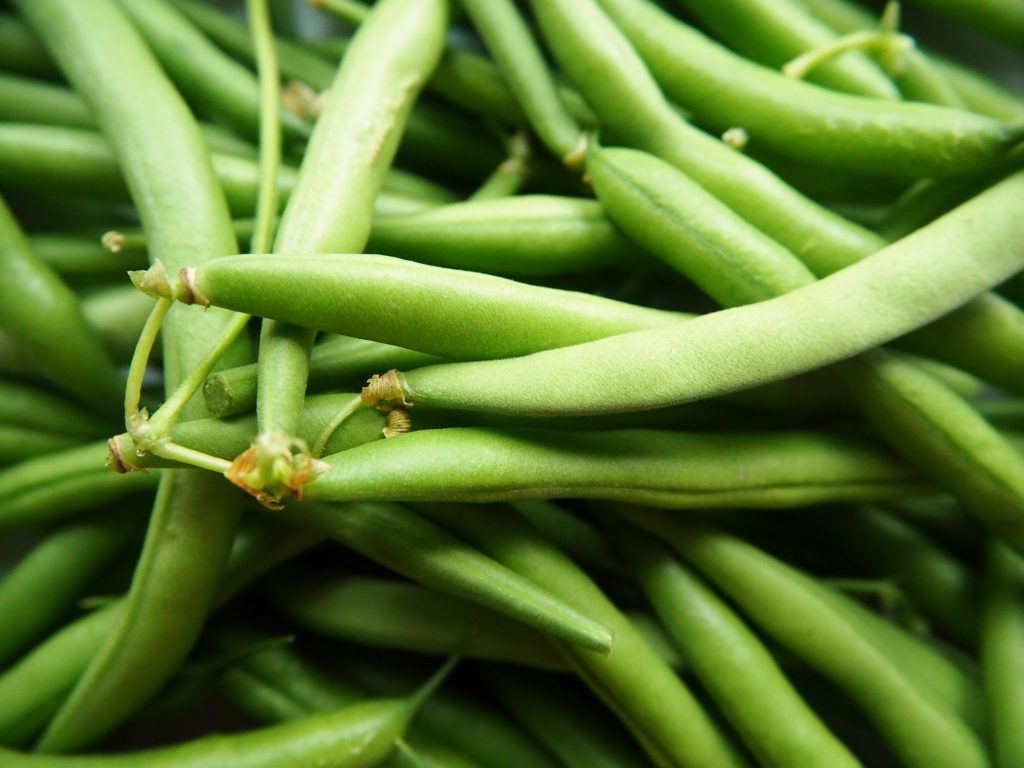
Temperature Tolerance: Beans are happy in warm weather with an ideal range of 70°F to 90°F and can handle some heat.
Planting Dates: Directly sow beans from late March to June in Zone 10.
Choose from bush or pole varieties; bush beans can be planted every couple of weeks for continual harvests. Beans can improve soil fertility through nitrogen fixation, benefiting succeeding crops. Space seeds 1-2 inches apart in rows spaced 12-36 inches apart. Ensure they receive full sun and regular watering. They mature quickly, making them perfect for late summer crops.
Eggplant
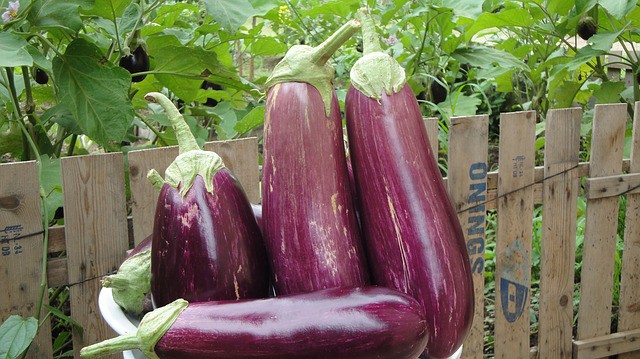
Temperature Tolerance: Eggplants thrive best when temperatures are between 75°F and 85°F.
Planting Dates: Start eggplants from seeds indoors or transplant young plants outdoors from late March to June in Zone 10.
Plant them in well-drained soil, ensuring good sunlight and air circulation around each plant to reduce disease risks. Space plants about 18-30 inches apart, and provide consistent watering to develop strong fruit. Eggplants benefit from regular feeding with a balanced fertilizer. Harvest the fruits while they are still glossy for the best flavor and texture.
Okra
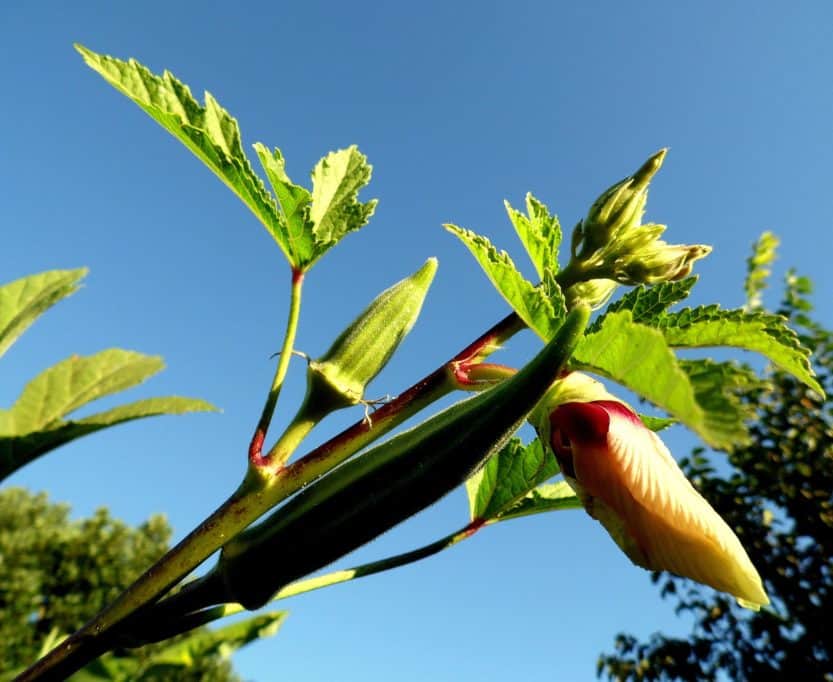
Temperature Tolerance: Okra prefers hot conditions and grows well in temperatures from 75°F to 100°F.
Planting Dates: Sow okra seeds directly in the garden from late April to June.
Okra is a tall plant and needs sufficient space—plant seeds 1 inch deep and 12-18 inches apart. It thrives in full sunlight and can tolerate drought conditions once established, making it a low-maintenance choice. Harvest young pods regularly to promote continued production and ensure the best flavor.
Sweet Corn
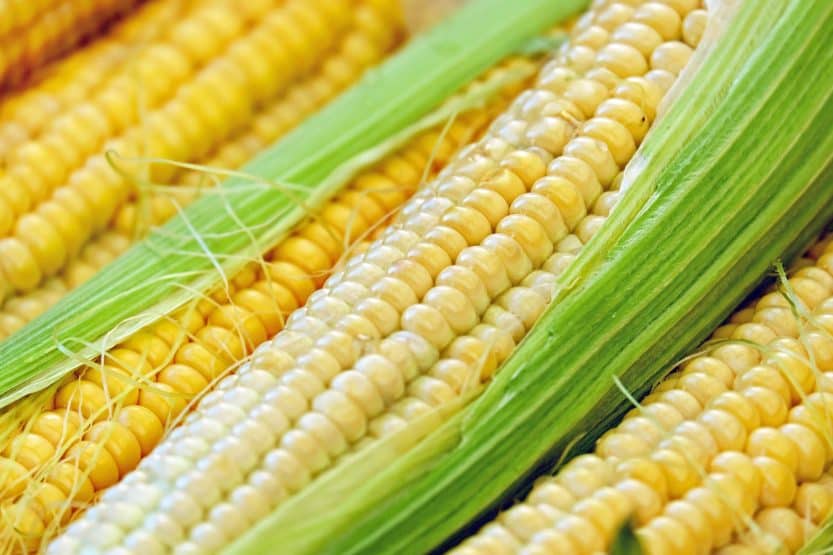
Temperature Tolerance: Sweet corn thrives in warm weather, ideally at soil temperatures of 60°F and above, with optimal growth between 70°F to 95°F.
Planting Dates: Cool-season transitional zones may start as early as mid-St. Patrick’s Day, but June is optimal in Zone 10 for planting sweet corn.
Corn should be planted in blocks of at least three rows to ensure proper pollination. Space seeds about 6-8 inches apart, digging them 1-2 inches deep. Sweet corn benefits from consistent watering, especially during pollen development. As plants reach maturity, watch for signs of readiness: kernels should be plump and milky.
Beets

Temperature Tolerance: Beets prefer cooler temperatures, thriving best between 60°F and 70°F, but they can tolerate warm weather.
Planting Dates: You can plant beets from late February through June in Zone 10.
Beets require rich, well-draining soil for optimal growth. Sow seeds about ½ inch deep and 1-3 inches apart. They appreciate consistent moisture, particularly during germination and root swelling. Beets can be harvested at any stage, but younger, smaller beets are usually more tender and flavorful.
Kale

Temperature Tolerance: Kale grows well in temperatures between 60°F and 75°F, thriving even in cooler nights but can tolerate warmth up to 80°F.
Planting Dates: Kale can be planted in Zone 10 from early fall through late spring, including June.
Kale appreciates well-drained, fertile soil and should be planted in full sun to partial shade. Water sufficiently to keep the soil moist, especially during hot, dry periods. Regular harvesting of outer leaves will promote bushier growth. Kale is resilient and can even withstand mild frosts, enhancing its sweet flavor after exposure to cooler temperatures.
Flowers To Plant
June is an ideal month to brighten your garden with a plethora of stunning flower choices in Zone 10. Here’s a detailed look at ten captivating flowers that can be planted this month.
Zinnias

Temperature Tolerance: Zinnias prefer warm weather, thriving in temperatures between 70°F and 90°F.
Planting Dates: You can sow zinnia seeds directly into the garden from March to June.
Zinnias require full sunlight and well-draining soil for vigorous growth. Space seeds 12 inches apart to ensure airflow and prevent disease. Regular deadheading will encourage continuous blooms and maximize flower production, perfect for garden beds, borders, or cut flower arrangements. Their resilience against heat makes them a favorite for summer gardens.
Marigolds
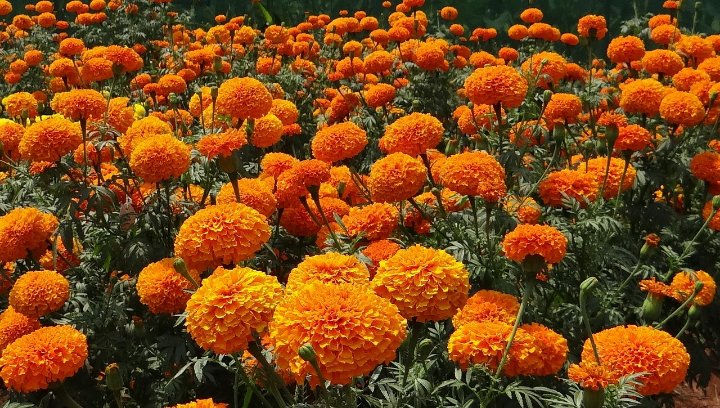
Temperature Tolerance: Marigolds prefer warm temperatures (70°F-90°F) and can withstand heat better once established.
Planting Dates: Plant marigolds from March to June in Zone 10.
These cheerful blooms thrive in full sun and can adapt to various soil conditions, though well-drained soils are best. Marigolds can deter pests, making them an excellent companion plant. Space them about 8-12 inches apart for adequate air circulation. Regular pinching of spent blooms will keep them the garden looking vibrant all summer long.
Sunflowers

Temperature Tolerance: Sunflowers thrive in warm climates, favoring temperatures from 70°F to 95°F.
Planting Dates: Directly sow sunflower seeds from March through June.
Sunflowers require full sun to develop their large, bright blooms. Space seeds 6-12 inches apart, depending on the type, and plant them at least 1-2 inches deep. They’re a favorite among pollinators and make a stunning addition to any garden with their tall stature. Regular watering during periods of drought encourages sturdy growth.
Lantana
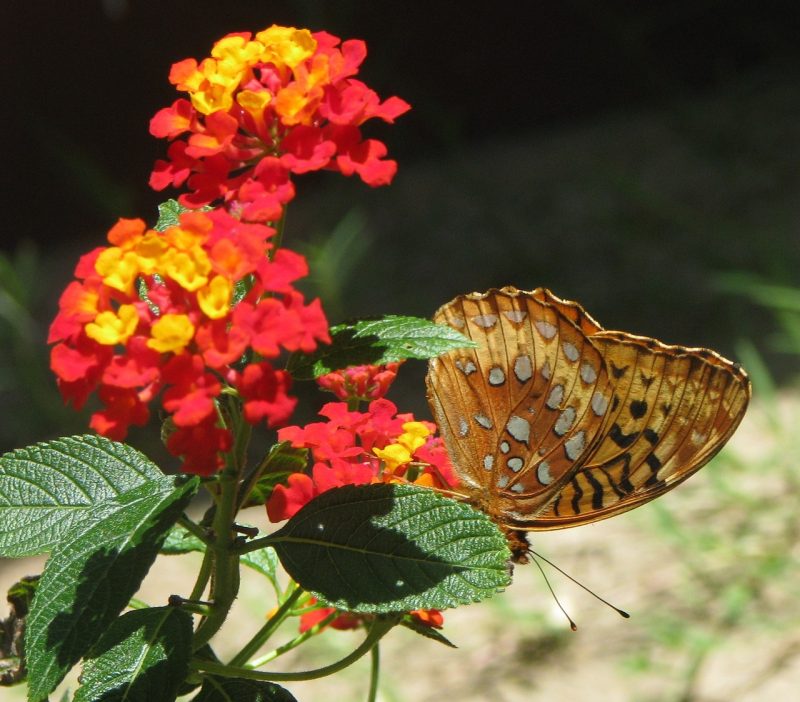
Temperature Tolerance: Lantana prefers hot weather, flourishing best in temperatures of 75°F to 100°F.
Planting Dates: Plant lantana from March to June in Zone 10.
This tropical perennial requires full sun and thrives in poor soils, making it low-maintenance once established. Lantana attracts butterflies and is drought-tolerant, making it well-suited for water-wise gardens. Regular pruning supports denser growth and extends flowering throughout the season, often creating vibrant mounds of flowers that can last well into the fall.
Bougainvillea
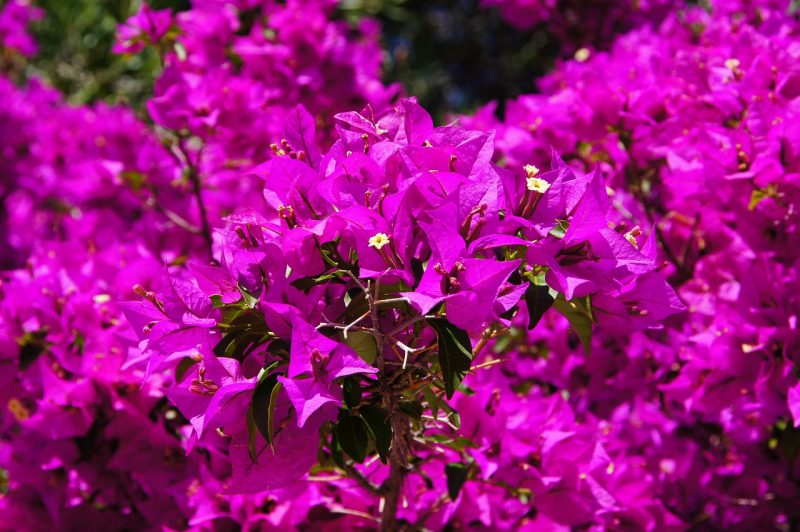
Temperature Tolerance: Bougainvillea loves warmth and tolerates temperatures from 70°F to 100°F.
Planting Dates: Best planted from late April to June in Zone 10.
This stunning perennial vine or shrub flourishes in full sun and well-drained soil, needing little water once established. Bougainvillea is known for its vibrant color, often used to adorn pergolas or fences. Pruning enhances bushiness and encourages blooms, ensuring that your garden layout remains visually captivating throughout summer.
Plumbago
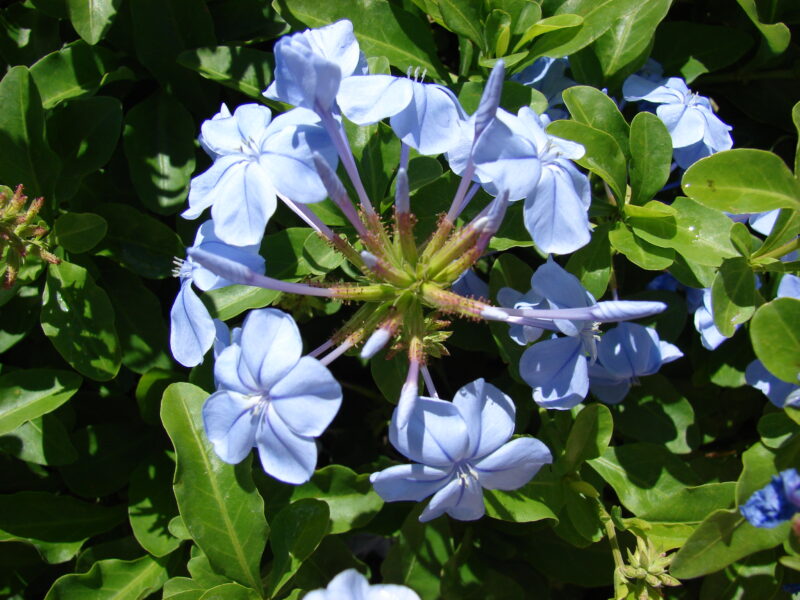
Temperature Tolerance: Plumbago thrives in temperatures from 70°F to 100°F and can withstand prolonged heat.
Planting Dates: June is perfect for planting plumbago in Zone 10.
This flowering shrub requires well-drained soil and handles drought conditions well once established. Plumbago blooms attract butterflies and can be used in mass plantings or as a colorful ground cover. For optimal flowering, plant plumbago in full sun or light shade. Trimming back can promote denser foliage and new blooms.
Salvia
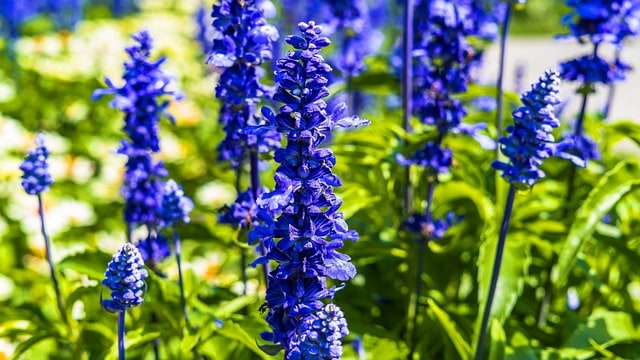
Temperature Tolerance: Salvia enjoys warm temperatures and can handle heat well, thriving in conditions of 70°F to 90°F.
Planting Dates: Plant salvia from April to June in Zone 10.
With a variety of species available, salvia offers rich colors and aromatic foliage that can attract pollinators. It prefers well-drained soil and full sunlight, with some varieties being drought-tolerant. Spacing plants adequately ensures good airflow to reduce potential disease risks. Salvia’s long bloom period makes it a perfect choice for low-maintenance gardens.
Portulaca
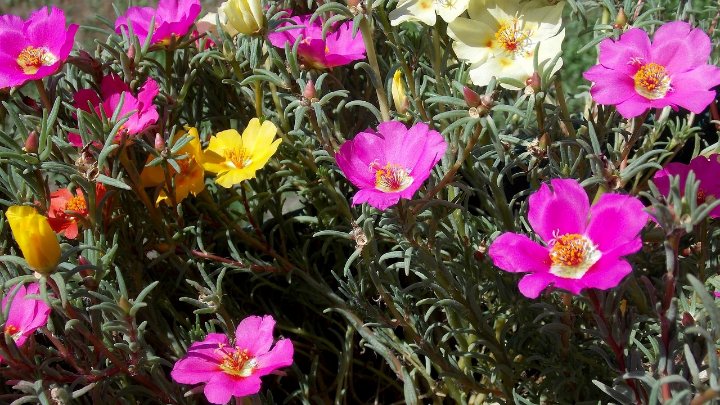
Temperature Tolerance: Portulaca, or moss rose, thrives in hot conditions and flourishes at temperatures from 70°F to 100°F.
Planting Dates: Sow seeds directly in the garden from March through June.
This low-growing succulent does well in full sun and well-drained soil. Portulaca is highly drought-tolerant and serves as excellent ground cover. The blooms add vibrant color during the hottest months, attracting butterflies. Benefits of planting portulaca include minimal maintenance and the ability to tolerate heat, making it an invaluable addition to a summer garden.
Cosmos

Temperature Tolerance: Cosmos prefer warm temperatures, thriving best in 70°F to 90°F range.
Planting Dates: Cosmos can be sown in the ground from mid-April through June.
These carefree annuals love sunny locations and well-drained soil. Space seedlings about 12 to 18 inches apart to allow full growth and airflow. Regular deadheading prolongs their bloom period, making cosmos a charming addition to garden beds or borders. Their lightweight stems and cheerful blooms create a beautiful, swaying display in the wind, adding movement to your garden.
Coleus
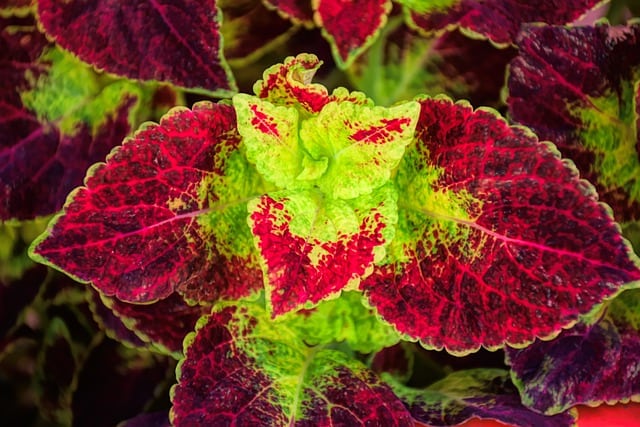
Temperature Tolerance: Coleus thrives in warm, humid conditions and typically prefers temperatures between 70°F and 85°F.
Planting Dates: In Zone 10, coleus can be planted from March through June.
While coleus is primarily valued for its vibrant foliage and not its flowers, it flourishes in partially shaded areas or in locations with bright, indirect light. Regular watering helps to keep the soil consistently moist, promoting vibrant colors. This plant’s versatility makes it excellent for borders, container gardens, or mixed arrangements. Ensuring that old blooms and foliage are regularly trimmed can support healthy growth and maintain a neat appearance.
Herbs To Plant
Zone 10 is perfect for a wide variety of herbs. Here are ten herbs to consider planting in June, complete with their ideal growing conditions.
Basil
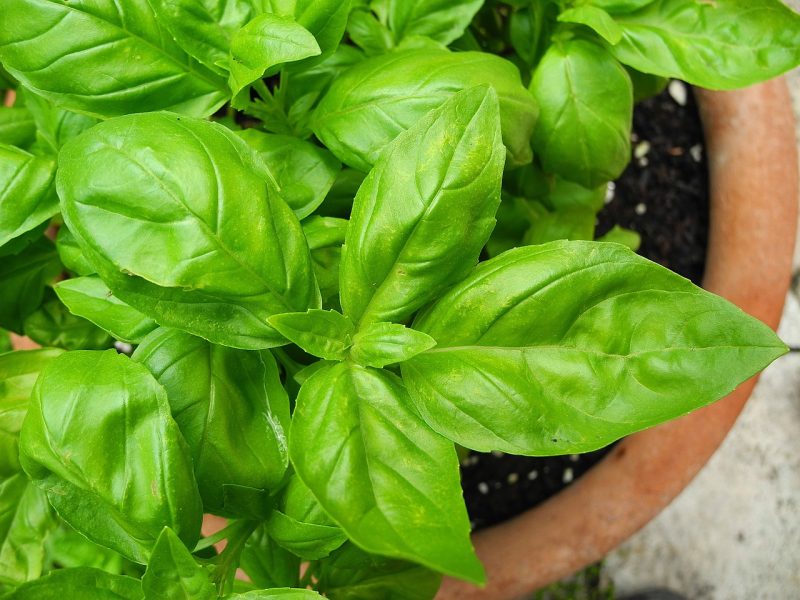
Temperature Tolerance: Basil thrives in warm conditions from 70°F to 90°F and can be sensitive to cold weather.
Planting Dates: June is an excellent time to plant basil seeds or transplants.
Basil prefers full sun and well-draining, nutrient-rich soil. Regular watering and pruning of flowering stems promote bushier growth and fuller flavor. It’s a staple in Italian cooking, providing fresh taste to sauces and salads. Regular harvesting enhances growth, and basil pairs well with tomatoes in the garden. Growing various types, such as sweet basil or Thai basil, can add diversity to your culinary herbs.
Oregano
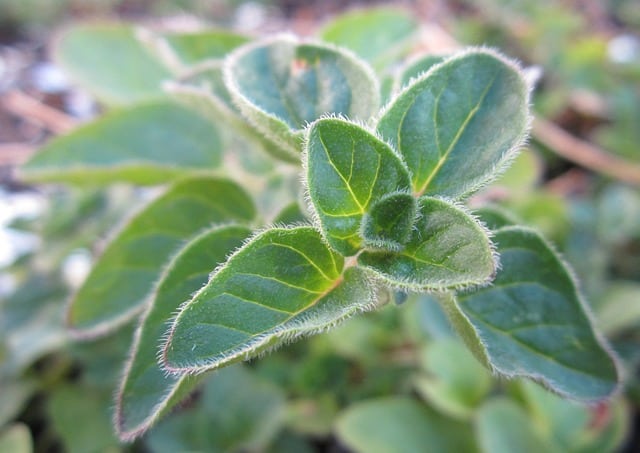
Temperature Tolerance: Oregano can withstand warm weather—thriving in 70°F to 90°F.
Planting Dates: Oregano can be sown from April to June in Zone 10.
This perennial herb prefers full sun and well-draining soil, and it requires minimal water once established. It can survive harsh conditions, making it ideal for low-maintenance gardens. Oregano adds rich flavor to Italian and Mediterranean dishes, and regular trimming encourages bushier growth. When flowers appear, they can be pinched off to ensure the foliage remains lush and flavorful.
Rosemary
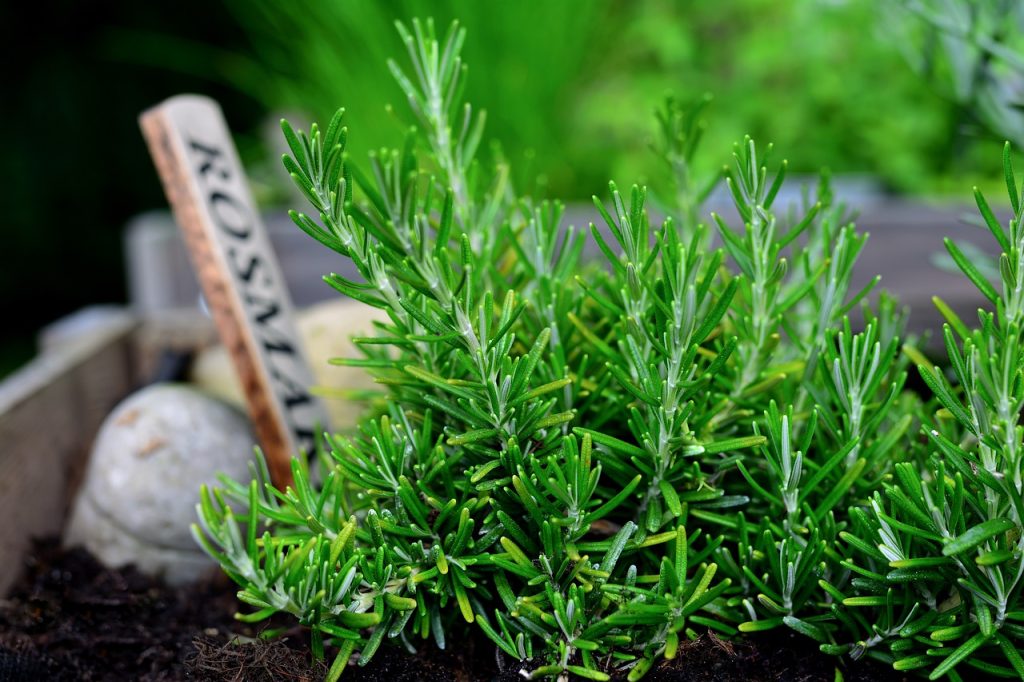
Temperature Tolerance: Rosemary thrives in temperatures from 70°F to 85°F but can tolerate higher temperatures.
Planting Dates: Plant rosemary from March through June in Zone 10.
This aromatic herb prefers full sun and well-drained soils, making it a drought-tolerant choice once established. It can be grown as a low hedge or container plant and provides culinary uses in seasoning and garnishing. Pruning often helps maintain size and encourages fuller foliage. Its resilience to heat, pests, and diseases makes it a reliable herb in Zone 10 gardens.
Sage

Temperature Tolerance: Sage thrives in warm temperatures, ideally between 70°F and 85°F.
Planting Dates: June is suitable for planting sage in Zone 10.
This perennial herb prefers full sun and well-drained soils. Water moderately, allowing the soil to dry between watering; this helps maintain health and flavor. Use sage as a culinary herb in diverse cuisines, and regular pinching back of leaves will support bushier growth. Its unique aroma enhances dishes, and it attracts beneficial pollinators to gardens.
Mint
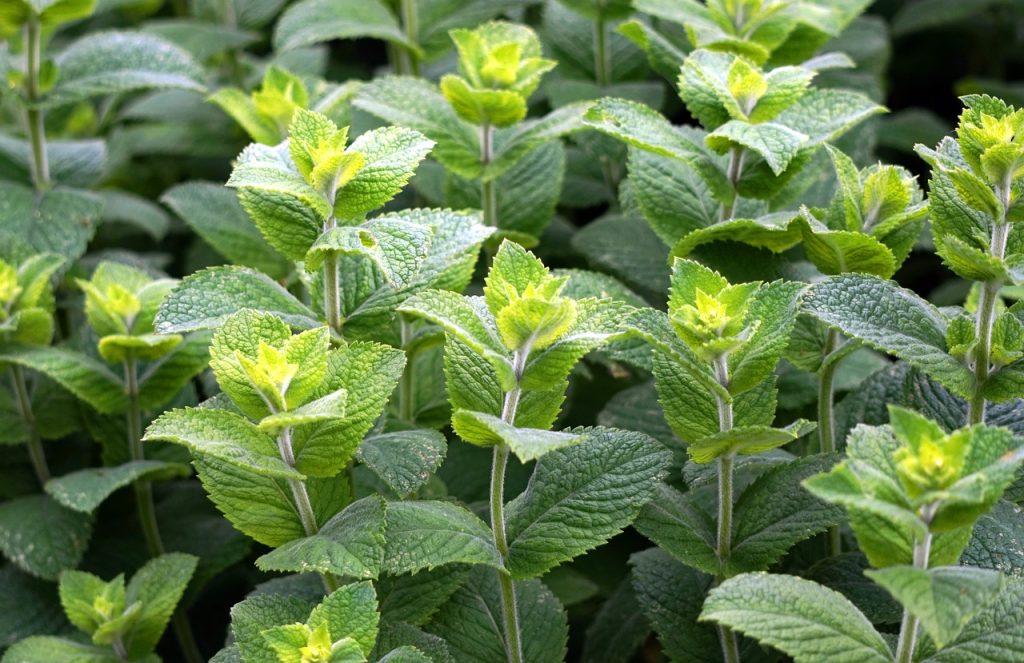
Temperature Tolerance: Mint can grow in a wide range of temperatures, ideally from 60°F to 75°F, but it can handle hotter conditions.
Planting Dates: Mint can be planted in June in Zone 10.
Mint thrives in rich, moist soil and can be invasive, so it’s often best grown in pots. It prefers partial shade to full sun, making it ideal for various garden locations. Regular watering keeps the leaves vibrant and flavorful. Harvest fresh leaves for cooking, beverages, and garnishing, ensuring to regularly trim back to prevent overgrowth. Its fragrance can also deter pests in the garden.
Cilantro
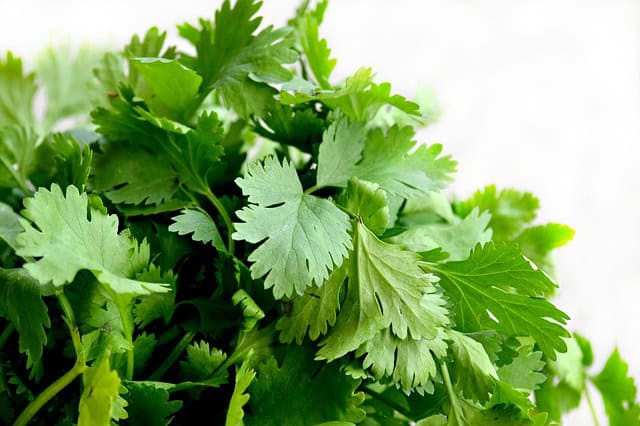
Temperature Tolerance: Cilantro prefers cooler temperatures but can grow in warmth (spring or early fall), ideally thriving in 50°F to 75°F.
Planting Dates: Sow cilantro seeds in Zone 10 from late spring to early summer, ideally in June.
Cilantro prefers well-draining soil and full sun to partial shade. The leaves can be harvested for culinary use, while the seeds (coriander) can also be harvested once they mature. Plant cilantro in succession for a continuous supply throughout the growing season. When flowers appear, they can attract beneficial insects to your garden.
Thyme
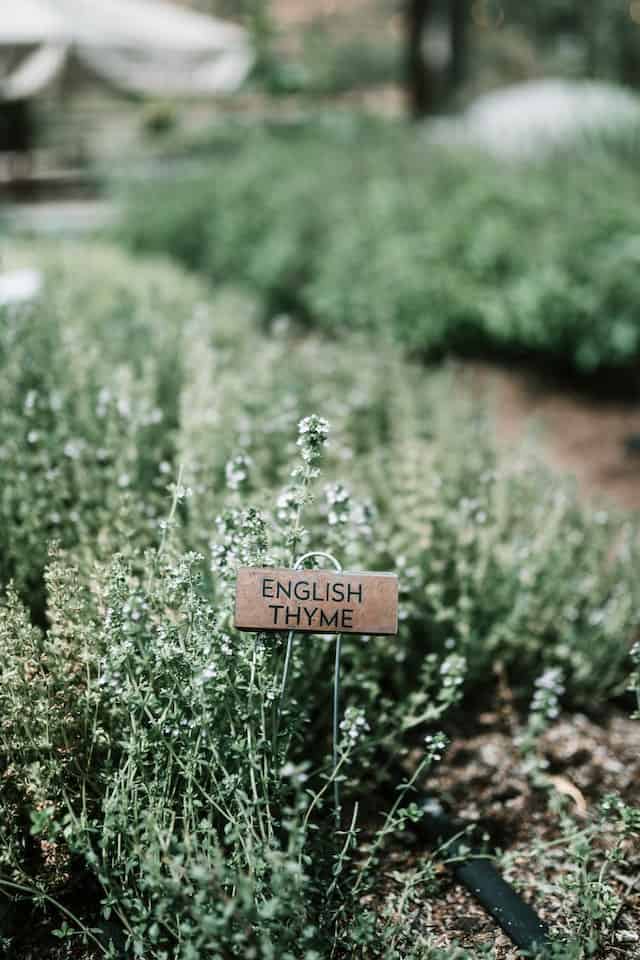
Temperature Tolerance: Thyme flourishes in warm temperatures ranging from 70°F to 80°F.
Planting Dates: Plant thyme in June in Zone 10.
This perennial herb prefers dry, well-drained soil and full sun. It’s a low-maintenance herb, requiring minimal watering once established. Regularly trimming back the plant will encourage fresh growth and enhance flavor. Thyme is an essential herb in cooking and works well in borders or rock gardens, adding lovely texture and aroma to garden spaces.
Chives

Temperature Tolerance: Chives thrive well in temperatures from 65°F to 75°F, favoring cooler conditions.
Planting Dates: In Zone 10, chives can be planted from March to June.
Chives prefer well-drained soil and full to partial sun. They are hardy perennials and can thrive with little care. Regularly cutting back leaves keeps growth vigorous and supports new shoots. Chives are culinary staples and great for finishing dishes; their flowers are also edible and can add beauty to your garden.
Dill
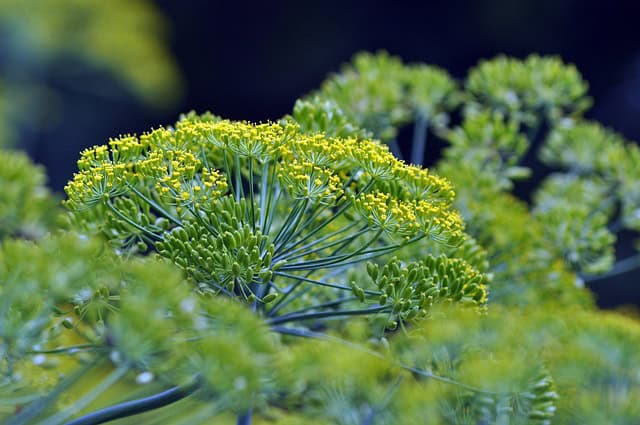
Temperature Tolerance: Dill prefers temperatures from 60°F to 75°F but can grow in warmer conditions.
Planting Dates: Sow dill seeds directly in June in Zone 10.
Dill prefers well-drained soil and full sunlight for optimal growth. This annual herb should be planted in succession for a continuous harvest. Regularly snipping leaves promotes new growth, while flowers can attract beneficial insects, assisting with pollination in the garden. Dill adds a unique flavor to dishes and can be grown alongside plants like cabbage and tomatoes for better pest control.
Tarragon
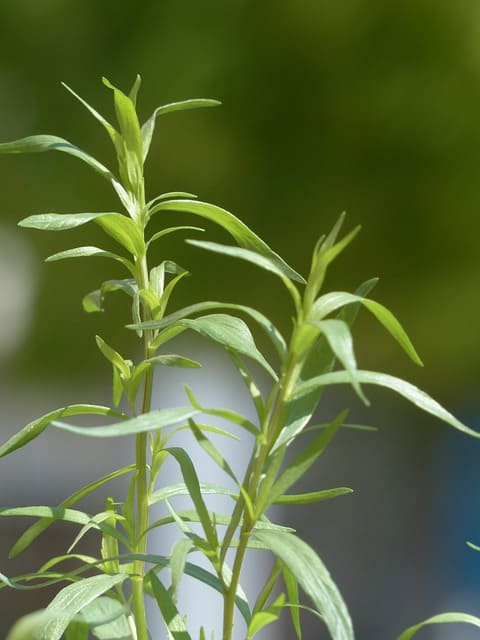
Temperature Tolerance: French tarragon thrives in warm conditions, managing temperatures between 70°F and 85°F.
Planting Dates: Plant tarragon in late spring to early summer, specifically in June, in Zone 10.
Tarragon prefers well-drained soils with good sunlight, and it has moderate drought tolerance once established. Regular harvesting promotes bushy growth and keeps the leaves flavorful. This herb is prized for its use in dressings and sauces, with its distinct flavor enhancing culinary dishes. Tarragon also pairs well with chicken and fish, providing a delightful aromatic touch.
Landscape Plants To Plant In June
June offers an excellent time to enrich your landscape with vibrant plants in Zone 10. Here’s a comprehensive look at ten landscape plants ideal for planting in this month.
Agapanthus

Temperature Tolerance: Agapanthus, or African lily, thrives well in warm temperatures ranging from 70°F to 90°F.
Planting Dates: Agapanthus can be safely planted from April to June in Zone 10.
This perennial plant prefers well-drained soils and full to partial sun, requiring moderate watering. Once established, agapanthus is drought-tolerant and responsible for producing stunning clusters of vibrant blue or white flowers throughout the summer. This striking addition creates an eye-catching focal point in any garden, while its resilience ensures low-maintenance beauty.
Hibiscus
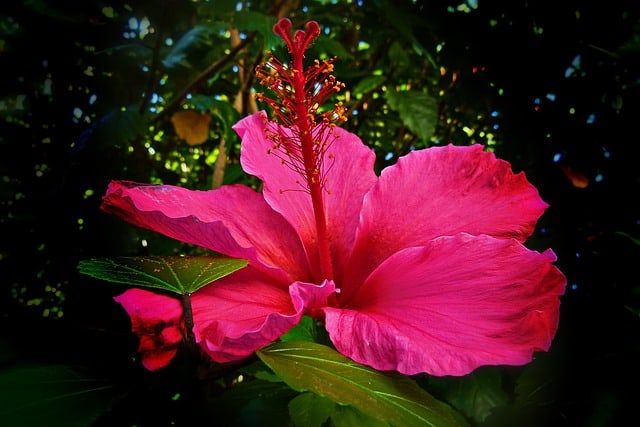
Temperature Tolerance: Hibiscus prefers warm tropical conditions and thrives in temperatures between 70°F and 95°F.
Planting Dates: June is the perfect time to plant hibiscus in Zone 10.
This ornamental shrub requires full sun and benefits from regular watering to maintain vibrancy and prevent wilting. Its large, colorful blooms can make the garden a focal point, and it can be utilized in various landscape designs as a standalone specimen or part of a mixed border. Mulching around the base can help retain soil moisture and regulate temperature.
Bird of Paradise

Temperature Tolerance: Bird of Paradise thrives in warmer conditions, ideally between 70°F and 100°F, and can handle extreme heat.
Planting Dates: Plant Bird of Paradise in Zone 10 from late spring to mid-summer.
This stunning tropical plant requires full sun and well-drained sandy soils for optimal growth. Fertilization with a balanced product supports growth and flowering. As a dramatic landscaping choice, Bird of Paradise produces magnificent blooms that resemble a bird in flight and can serve as a focal point in gardens, attracting attention and pollinators alike.
Jasmine
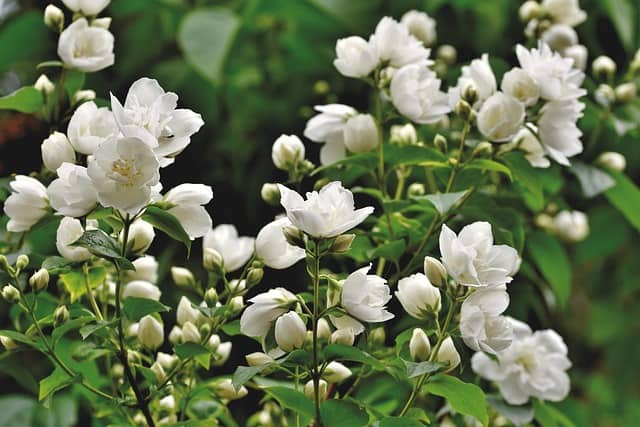
Temperature Tolerance: Jasmine prefers warm, humid climates and can thrive at temperatures between 70°F and 95°F.
Planting Dates: June is an ideal month to plant jasmine in Zone 10.
This fragrant vine will thrive in full sun or partial shade. Provide a trellis or support for climbing vines. Water regularly to keep the soil moist yet well-drained, helping to promote healthy, fragrant blooms. Jasmine’s aromatic flowers attract beneficial pollinators, making it a great choice for attracting bees and other insects to your garden.
Lavender

Temperature Tolerance: Lavender prefers well-drained soils and thrives in temperatures ranging from 70°F to 85°F.
Planting Dates: June is an excellent time for planting lavender in Zone 10.
This drought-tolerant perennial prefers full sun and can withstand dry conditions once established. Prune regularly to promote bushy growth and enhanced fragrances. Lavender offers aesthetic beauty to gardens while attracting pollinators. Additionally, its blooms can be harvested for culinary and aromatherapy uses.
Oleander
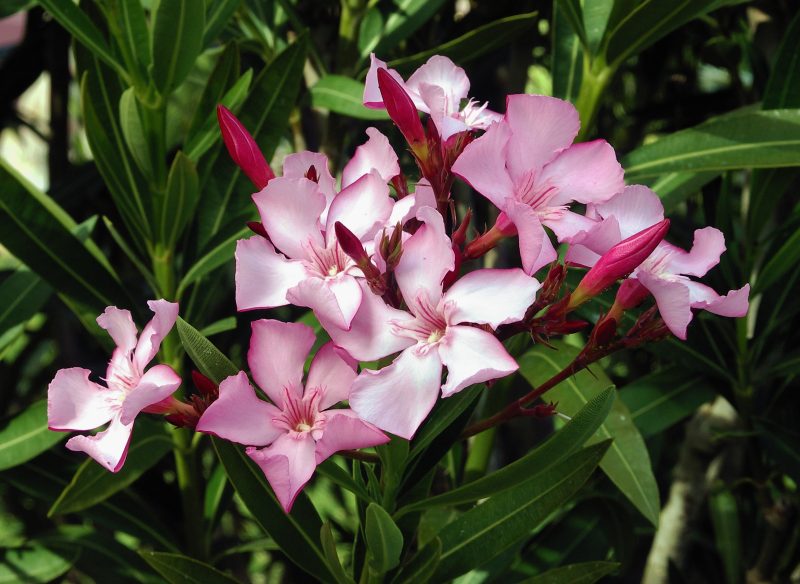
Temperature Tolerance: Oleander is extremely tolerant to heat, thriving in temperatures from 70°F to over 100°F.
Planting Dates: June is the right time to plant oleander in Zone 10.
This hardy shrub prefers well-drained soil and full sun, requiring minimal care once established. Oleander produces beautiful clusters of flowers in various colors, serving as effective hedges or privacy screens. Along with its beauty, caution must be taken as all parts of the plant are toxic if ingested.
Plumeria
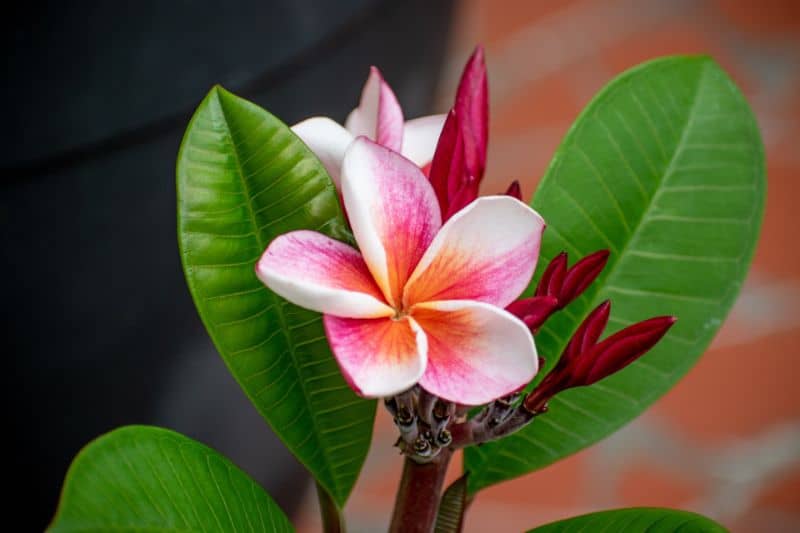
Temperature Tolerance: Plumeria thrives in warm climates, favoring temperatures between 70°F to 90°F.
Planting Dates: June is ideal for planting plumeria in Zone 10.
This tropical plant requires full sun and well-drained soil. Overwatering can lead to root rot, so it’s vital to allow the soil to dry between watering. Plumeria blooms produce delightful fragrances, making it a preferred choice for landscaping. Once mature, it can serve as a stunning centerpiece and be pruned to desired shapes.
Croton

Temperature Tolerance: Croton prefers warm temperatures from 70°F to 90°F and can tolerate humidity well.
Planting Dates: Plant croton in June for optimal growth in Zone 10.
Croton thrives in full sun or partial shade and benefits from regular watering, especially during hot months. The vibrant, colorful leaves make it a striking addition to gardens. Regular pruning promotes a fuller appearance, and crotons can be used as accent plants in landscape designs or as colorful container plants.
Bougainvillea

Temperature Tolerance: Bougainvillea loves the heat, thriving well in conditions from 70°F to 100°F.
Planting Dates: June is suitable for planting bougainvillea in Zone 10.
This vibrant flowering vine requires full sunlight and needs well-drained soil to prevent root rot. Bougainvillea is drought-tolerant once established and can be cultivated on trellises, making it a popular choice for walls and fences. This plant’s brilliant colors can add visual interest and drama to any landscape.
Palms

Temperature Tolerance: Many palm species thrive well in warm climates, managing temperatures between 70°F and 100°F.
Planting Dates: June is a fitting time to plant various palm types in Zone 10.
Palms come in a range of heights and styles, from the Pygmy Date Palm to the Chinese Fan Palm. They prefer well-drained soil and should be given plenty of sunlight for healthy growth. Regular watering during the early growth stage can help establish roots. In landscape design, palms can create a tropical ambiance and provide shade, making them valuable for outdoor living spaces.





